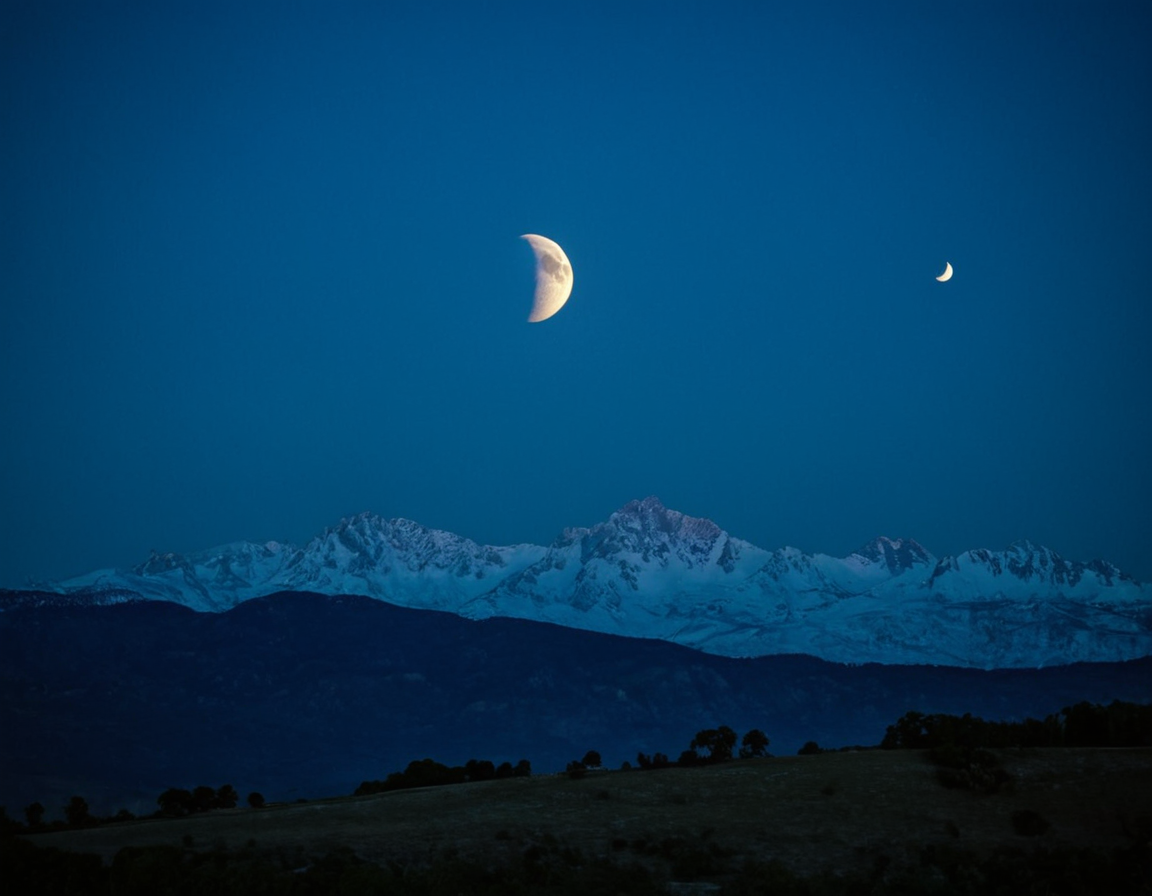Moon Phases in Low Light Photography

Capturing Moonlight: How to Use Nighttime Moon Phases for Creative Low-Light Portraits
As the sun sets, photographers often struggle to capture the perfect shot – especially when working with low-light conditions. However, the moon provides a unique opportunity to experiment with creative lighting setups that can elevate your portfolio to new heights.
The Science Behind Lunar Lighting
The moon’s position in the sky affects its illumination on Earth. This phenomenon is based on the Moon’s elliptical orbit around our planet, which causes it to appear larger or smaller depending on the time of month and its distance from us. Understanding these lunar cycles can help you plan your shoots and make the most of this natural light source.
Lunar Cycles and Their Effects
- New Moon: This phase is ideal for creating dramatic shadows and silhouettes, as no direct moonlight is present.
- Waxing Crescent: As the moon appears to grow larger, so does its impact on available lighting. Be cautious of overexposure during this phase.
- First Quarter: The light becomes more intense, making it suitable for capturing details and textures in low-light environments.
- Waning Gibbous: This phase allows for interesting reflections and subtle color shifts due to the changing angle of illumination.
Preparing Your Gear
Before you start shooting, ensure your equipment is ready for the task at hand. Some key considerations include:
Camera Settings
- Mode: Manual (M) or Aperture Priority (A/Av) mode for full control over exposure and depth of field.
- ISO: Keep this as low as possible to minimize noise and digital artifacts.
- Shutter Speed: Adjust according to the desired effect – faster shutter speeds for sharper images, slower for more creative blur.
Working with Low-Light Portraits
Capturing stunning portraits in low-light conditions requires patience, practice, and a solid understanding of your equipment. Some essential tips include:
Composition
- Use Available Light Wisely: Take advantage of available light sources to create depth and interest in the scene.
- Pay Attention to Shadows: Manipulate shadows to add drama or conceal unwanted areas.
Putting It All Together
Experimenting with nighttime moon phases can lead to breathtaking results. By understanding lunar cycles, preparing your gear, and working within low-light conditions, you’ll unlock a world of creative possibilities. The next time the moon is full, consider giving it a try – who knows what masterpieces might emerge from this unique collaboration between photographer and celestial body?
Tags
moonlight-photography low-light-portraits lunar-lighting-techniques nighttime-moon-phase-art creative-night-shooting
About Sebastian Taylor
I'm Sebastian Taylor, a photographer and blogger passionate about sharing inspiring stories, expert tutorials, and game-changing tools for creative photographers on lentecreativa.com. With years of experience in capturing stunning images, I help artists elevate their craft and bring their vision to life.
